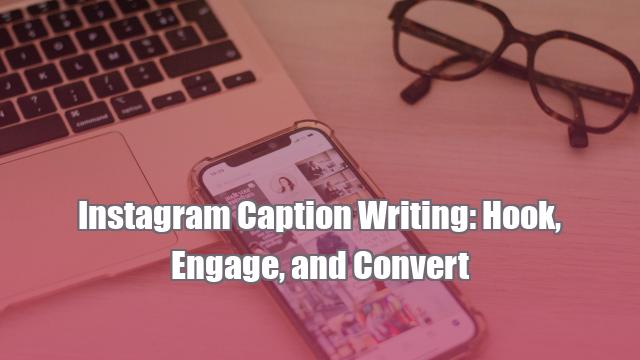table-of-content
- The Truth About Instagram Captions That Nobody’s Telling You
- The Hook: Your First Three Seconds
- The Body: Where Engagement Lives
- The Call-to-Action: Converting Attention into Results
- Advanced Caption Strategies for 2024
- Making Your Captions Work Harder
- The Bottom Line
The Truth About Instagram Captions That Nobody’s Telling You
Listen, I see way too many people obsessing over their filters and hashtags while treating captions as an afterthought. That’s like having a Rolls Royce and putting regular gas in it. Your caption is where the magic happens - it’s where you turn scrollers into stoppers, and stoppers into customers.
The game has changed. Instagram isn’t just about pretty pictures anymore. It’s a full-blown marketing ecosystem where your words carry more weight than ever.
The Hook: Your First Three Seconds
Here’s the reality check you need: you’ve got about three seconds to grab someone’s attention before they scroll past your post. That’s it. Three seconds to make or break your entire content piece. So what do you do?
- Start with a bang - use controversy, questions, or bold statements
- Make it personal - share a failure or victory that others can relate to
- Create curiosity gaps - make them want to read more
Remember, the best hooks aren’t clickbait - they’re genuine attention-grabbers that deliver on their promise.
The Body: Where Engagement Lives
This is where most people completely drop the ball. They either write novels that nobody reads or one-liners that add zero value. Here’s how to nail it:
Story Structure That Sells
Every compelling caption needs three elements:
- Context (the situation)
- Conflict (the problem)
- Resolution (the solution or lesson)
Value-First Approach
You need to give before you ask. Want to know more about creating content that actually converts? Check out our guide on social selling on Instagram - a modern marketing approach.
The Call-to-Action: Converting Attention into Results
Here’s where I see even experienced marketers mess up. They either forget to include a CTA altogether or make it so pushy it turns people off. The key is to make your CTA feel like a natural next step in the conversation.
Types of CTAs That Actually Work:
Question-based CTAs
- “What’s your biggest challenge with…?”
- “Share your experience in the comments”
Value-based CTAs
- “Swipe up to get the full strategy”
- “Save this post for later”
Community-building CTAs
- “Tag someone who needs to see this”
- “Share your story below”
Advanced Caption Strategies for 2024
Let me break down what’s actually working right now in terms of caption structure and psychology. For a deeper dive into content planning, check out our comprehensive strategic guide.
Pattern Interrupts
Break up your text with:
- Line breaks
- Emojis (strategically placed)
- Single-line statements
- Questions
The 80/20 Rule of Caption Writing
Spend 80% of your time on the hook and the first few lines. That’s where you win or lose the engagement battle. The remaining 20% should focus on delivering value and crafting your CTA.
Making Your Captions Work Harder
Here’s the thing - writing great captions isn’t about natural talent. It’s about understanding human psychology and putting in the work to craft messages that resonate. Stop trying to be perfect and start being authentic.
Testing and Optimization
Track these metrics for each caption style:
- Save rate
- Share rate
- Comment quality
- Engagement timing
- Click-through rate on CTAs
The Bottom Line
Look, I’m not here to sugar-coat it - creating engaging captions that convert is hard work. But here’s what separates the winners from the losers: consistency and authenticity. You need to show up every day, test different approaches, and always deliver value first.
Remember, your caption strategy isn’t about following trends - it’s about creating genuine connections that drive real business results. Stop overthinking, start implementing, and most importantly, start measuring what works for YOUR audience.
The opportunity is there. The question is: are you willing to put in the work to seize it?
Now, take what you’ve learned here and go apply it. Because knowledge without action is useless, and your audience is waiting for you to show up with value.
